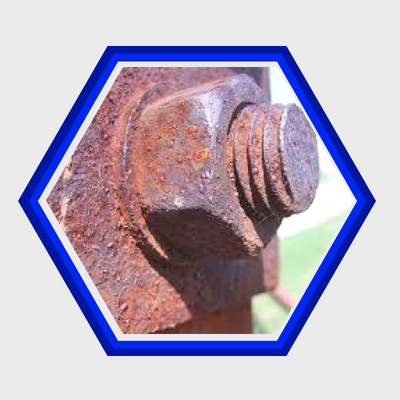You Asked: What Is a Salt Spray Test?

.png)
.png)
A Salt Spray Test accelerates the normal rate of corrosion a component would undergo in order to evaluate the suitability of a protective coating. The appearance of corrosion (such as rust, blisters, peeling) is evaluated after set amounts of time to judge comparatively the effectiveness of any given surface coating. Salt Spray is a popular testing method because it is relatively inexpensive, easy to repeat and has been well standardised. Although we don't offer Salt Spray Testing here at Silchrome, we have noticed a bit of confusion over what these tests are suppposed to be used for.
What Can It Tell You?
Salt Spray is a good test for identifying defects in metal finishing, and this is primarily what it is designed for. One of the more confusing aspects of a Salt Spray Test is that the results are displayed in hours. As an example we know that our Trivalent Passivation can survive 1500 hours under a Salt Spray Test, but what does that mean? Does it mean that after 1500 hours the coating will have rusted through? If Salt Spray represents an accelerated corrosion simulation then how do salt spray hours reflect reality? Which Salt Spray Tests reflect which environment? Could you use Salt Spray to compare two different processes?
Vs Real Life
The answer is that Salt Spray Tests were never designed to be a predictor of real world results. Salt Spray hours do not reflect performance in real life and there are no hard and fast rules that would state for example 100 Hours Salt Spray converts to 1 year outdoors. A galvanised component and a painted component may both survive a 100 hour Salt Spray Test, but in real life conditions the galvanised part may outlast the painted one by decades. This is because the conditions within a salt spray test are not reflective of a real life environment. There are many other factors that come into play such as temperature, moisture, stress and wear that may affect the corrosion rate of the component.
So Why Salt Spray Standards?
The reason that Salt Spray test are so popular is not as a way of testing different processes and seeing which would last longer, but rather ensuring that a process standard is maintained. For example, painted components must often pass 96 hours in a Neutral Salt Spray Test. This means that if you carry out the same process, paint the component in the same way with the same paint and it does not pass 96 hours, then something has gone wrong during your process.
Silchrome Plating provide a wide variety of metal finishing processes and can carry out work to a number of standards and specifications. Where requested we work alongside an independent testing company who can perform standardised testing which includes Salt Spray. Although this will incur an additional cost, we are seeing a trend where more qualitative information is being requested by large manufacturers.




